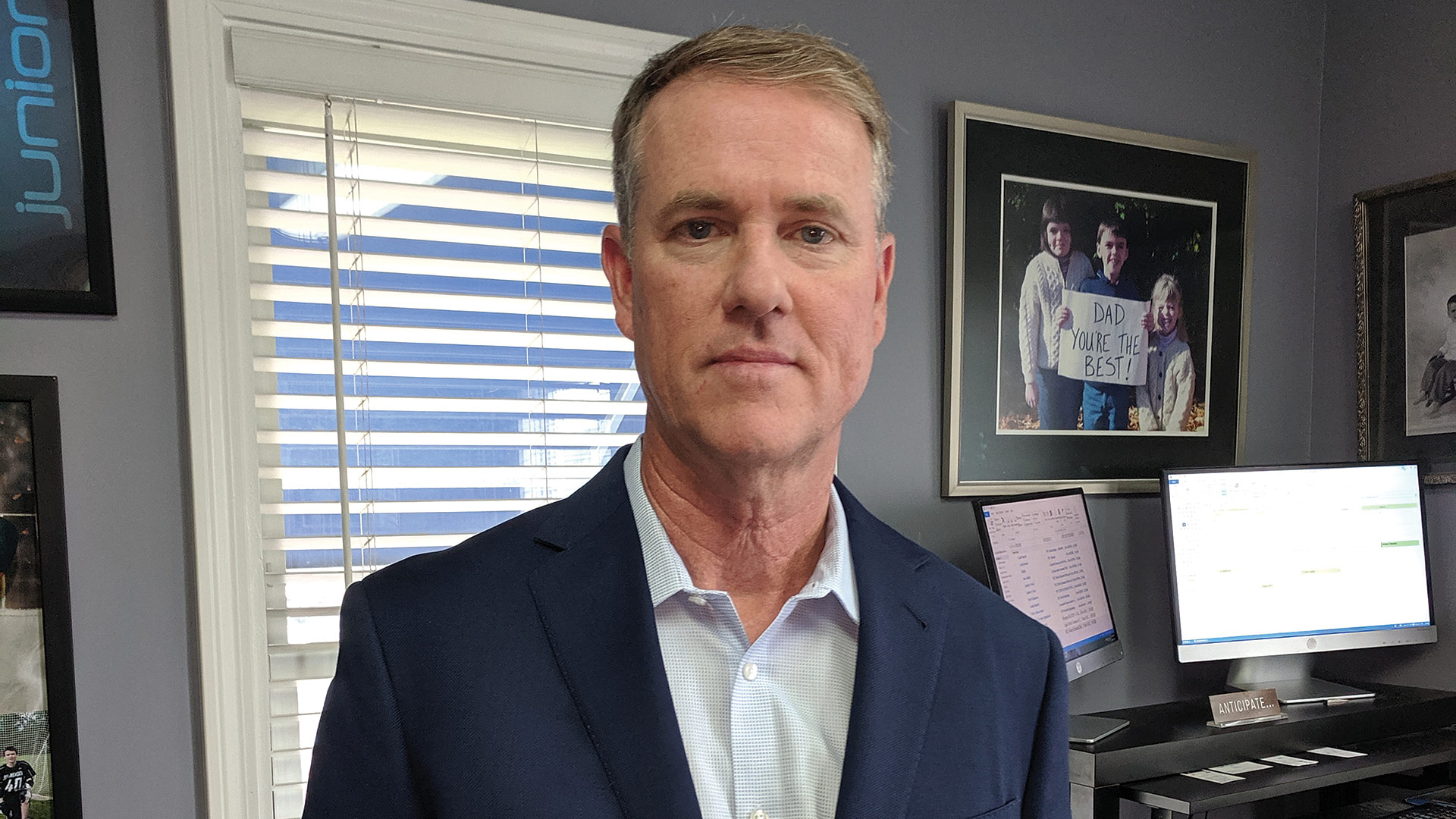This Tax-relief Provision of the CARES Act Brings Advantages to Employers
By Carolyn Bourgoin, CPA

Businesses that either repaid in a timely fashion or did not receive a loan pursuant to the Paycheck Protection Program (PPP) should explore their eligibility for the new Employee Retention Credit, one of the tax-relief provisions of the CARES Act passed on March 27.
Like the PPP loan program, the Employee Retention Credit (ERC) is aimed at encouraging eligible employers to continue to pay employees during these difficult times. Qualifying businesses are allowed a refundable tax credit against employment taxes equal to 50% of qualified wages (not to exceed $10,000 in wages per employee).
Let’s take a look at who is eligible and how to determine the credit.
Who Is an Eligible Employer?
All private-sector employers, regardless of size, that carry on a trade or business during calendar year 2020, including tax-exempt organizations, are eligible employers for purposes of claiming the ERC. This is the case as long as the employer did not receive, or repaid by the safe-harbor deadline, a PPP loan. The IRS has clarified that self-employed individuals are not eligible to claim the ERC against their own self-employment taxes, nor are household employers able to claim the credit with respect to their household employees.

Carolyn Bourgoin
First Step: Determine Eligible Quarters to Claim the Credit
Eligible businesses can claim a credit equal to 50% of qualified wages paid between March 12 and Dec. 31, 2020 for any calendar quarter of 2020 where:
• An eligible employer’s business was either fully or partially suspended due to orders from the federal government, or a state government having jurisdiction over the employer limiting commerce, travel, or group meetings due to COVID-19; or
• There is a significant decline in gross receipts. Such a decline occurs when an employer’s gross receipts fall below 50% of what they were for the same calendar quarter in 2019. An employer with gross receipts meeting the 50% drop will continue to qualify thereafter until its gross receipts exceed 80% of its gross receipts for the same quarter in 2019. Exceeding the 80% makes the employer ineligible for the credit for the following calendar quarter.
This is an either/or test, so if a business fails to meet one criteria, it can look to the other in order to qualify. An essential business that chooses to either partially or fully suspend its operations will not qualify for the ERC under the first test, as the government did not mandate the shutdown. It can, however, check to see if it meets the significant decline in gross receipts for any calendar quarter of 2020 that would allow it to potentially claim the ERC.
The gross-receipts test does not require that a business establish a cause for the drop in gross receipts, just that the percentage drop be met.
Second Step: How Many Employees?
Determining the wages that qualify for the ERC depends in part on whether an employer’s average number of full-time-equivalent employees (FTEs) exceeded 100 in 2019. An eligible employer with more than 100 FTEs in 2019 may only count the wages it paid to employees between March 12, 2020 and prior to Jan. 1, 2021 for the time an employee did not provide services during a calendar quarter due to the employer’s operations being shut down by government order or due to a significant decline in the employer’s gross receipts (as defined previously).
“All private-sector employers, regardless of size, that carry on a trade or business during calendar year 2020, including tax-exempt organizations, are eligible employers for purposes of claiming the ERC.”
In addition, an employer of more than 100 FTEs may not count as qualifying wages any increase in the amount of wages it may have opted to pay employees during the time that the employees are not providing services (there is a 30-day lookback period prior to commencement of the business suspension or significant decline in gross receipts to make this determination).
In contrast, qualified wages of an employer that averaged 100 or fewer FTEs in 2019 include wages paid to any employee during any period in the calendar quarter where the employer meets one of the tests in step one. So even wages paid to employees who worked during the economic downturn may qualify for the credit.
Due to the potential difference in qualifying wages, it is important to properly calculate an employer’s ‘full-time’ employees for 2019. For purposes of the ERC, an employee is considered a full-time employee equivalent if he or she worked an average of at least 30 hours per week for any calendar month or 130 hours of service for the month. Businesses that were in operation for all of 2019 then take the sum of the number of FTEs for each month and divide by 12 to determine the number of full-time employee equivalents. Guidance has been issued by the IRS on this calculation for new businesses as well as those that were only in business for a portion of 2019.
Third Step: Calculate the Credit Based on Qualifying Wages
As mentioned earlier, the Employee Retention Credit is equal to 50% of qualifying wages paid after March 12, 2020 and before Jan. 1, 2021, not to exceed $10,000 in total per employee for all calendar quarters. The maximum credit for any one employee is therefore $5,000.
Wages that qualify toward the $10,000-per-employee cap can include a reasonable allocation of qualified healthcare costs. This includes an allocation of the employer portion of health-plan costs as well as the cost paid by an employee with pre-tax salary-reduction contributions. Employer contributions to health savings accounts or Archer Medical Savings Accounts are not considered qualified health-plan expenses for purposes of the ERC.
Qualifying wages do not include:
• Wages paid for qualified family leave or sick leave under the Family First Coronavirus Relief Act due to the potential payroll tax credit;
• Severance payments to terminated employees;
• Accrued sick time, vacation time, or other personal-leave wages paid in 2020 by an employer with more than 100 FTEs;
• Amounts paid to an employee that are exempt from Social Security and Medicare taxes (for example, wages paid to statutory non-employees such as licensed real-estate agents); or
• Wages paid to an employee who is related to the employer (definition of ‘related’ varies depending on whether the employer is a corporation, a non-corporate entity, or an estate or trust).
Eligible employers who averaged more than 100 FTEs in 2019 will then be potentially further limited to the qualifying wages paid to employees who were not providing services during an eligible calendar quarter.
How to Claim the ERC
An eligible business can claim the Employee Retention Credit by reducing its federal employment-tax deposit (without penalty) in any qualifying calendar quarter by the amount of its anticipated employee retention credit. By not having to remit the federal employment-tax deposits, an eligible business has the ability to use these funds to pay wages or other expenses. In its FAQs, the IRS clarified that an employer should factor in the deferral of its share of Social Security tax under the CARES Act prior to determining the amount of employment-tax deposits that it may retain in anticipation of the ERC. The retained employment taxes are accounted for when the Form 941, Employer’s Quarterly Federal Tax Return, is later filed for the quarter.
If the ERC for a particular quarter exceeds the payroll-tax deposits for that period, a business can either wait to file Form 941 to claim the refund, or it can file the new Form 7200, Advance Payment of Employer Credits Due to COVID-19, prior to filing Form 941 to receive a quicker refund.
If an employer later determines in 2021 that they had a significant decline in receipts that occurred in a calendar quarter of 2020 where they would have been eligible for the ERC, the employer can claim the credit by filing a Form 941-X in 2021.
Additional Rules
For purposes of determining eligibility for the credit as well as calculating the credit, certain employers must be aggregated and treated as a single employer.
Also, as a result of claiming the Employee Retention Credit, a qualifying business must reduce its wage/health-insurance deduction on its federal income-tax return by the amount of the credit.
In summary, the Employee Retention Credit is one of several tax-relief options provided by the CARES Act. As it is a refundable credit against federal employment taxes, it is advantageous to all employers, even those who will not have taxable income in 2020. Employers who did not receive PPP funding should check to see if they meet the eligibility requirements and take advantage of this opportunity.
Please note that, at the time this article was written, Congress was considering additional relief provisions that may or may not have impact on the information provided here. u
Carolyn Bourgoin, CPA is a senior manager at Holyoke-based accounting firm Meyers Brothers Kalicka, P.C.; [email protected]









